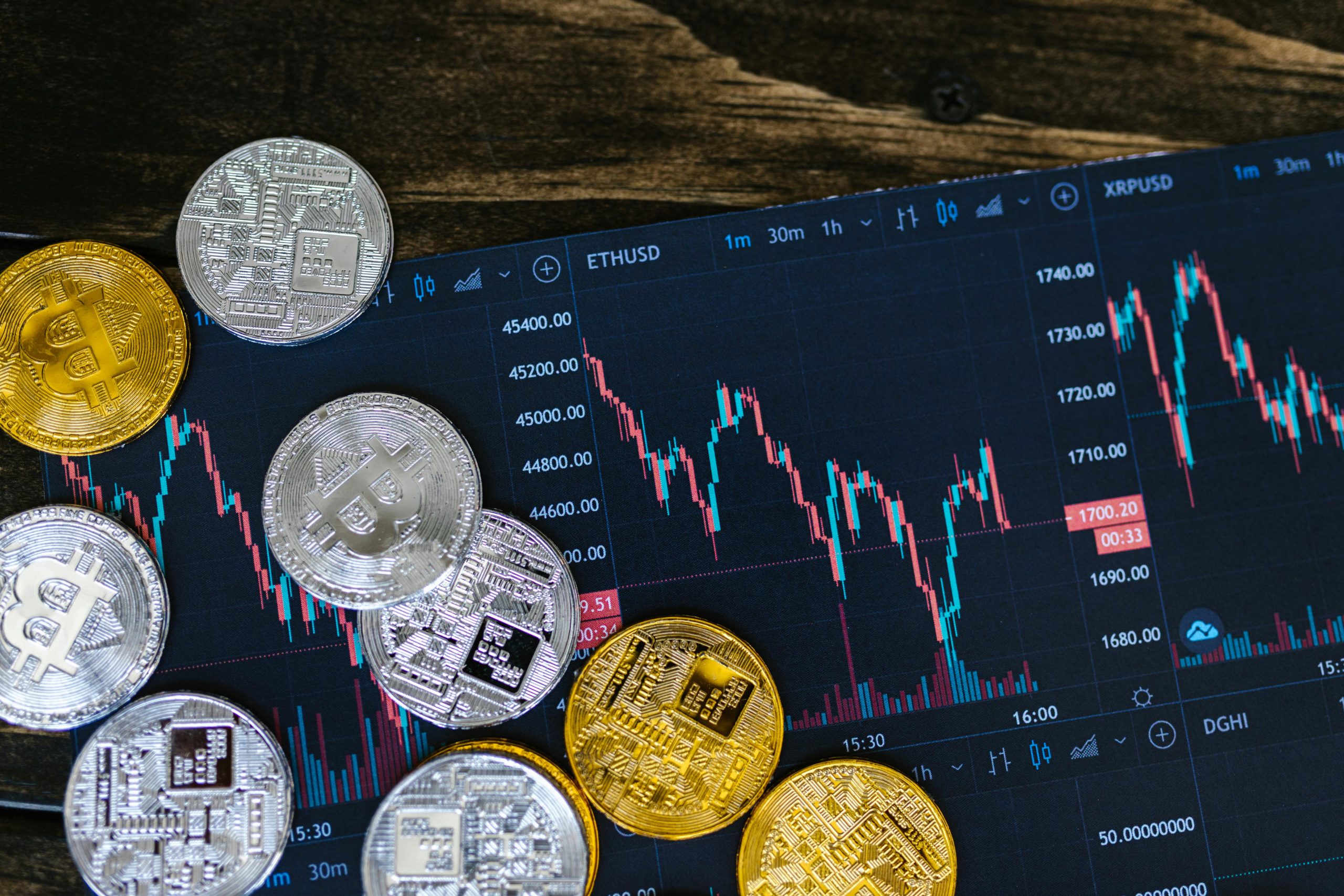As of this writing, the cryptocurrency market hosts nearly 600 exchanges and more than 2.52 million crypto assets available for trading in 2024. For any crypto project, coin listing is a crucial milestone that can significantly boost its visibility, liquidity, and success. The strategies for listing a token can vary considerably depending on whether the project chooses a centralized exchange (CEX) or a decentralized exchange (DEX). This article explores the strategies of listing a token on a crypto exchange, including key considerations on CEX and DEX listings.
Listing on Centralized Exchanges (CEX)
Centralized exchanges (CEXs) act as intermediaries, facilitating trades and managing digital assets on behalf of users. CEXs are often preferred due to their user-friendly interfaces, high liquidity, and regulatory compliance, which typically includes rigorous know-your-customer (KYC) and anti-money laundering (AML) practices.
However, listing on a CEX can be challenging. To list token on an exchange, projects must undergo extensive due diligence, including submitting detailed documentation, legal compliance checks, and technical audits. Additionally, the costs associated with listing on top-tier CEXs can be substantial, encompassing listing fees, market-making services, and ongoing promotional activities. Despite these challenges, the benefits of increased exposure and access to a broad user base make CEX listings an attractive option for many projects.
Here is why most crypto projects aim to list on CEXs:
- Increased visibility and credibility. Listing on a well-known CEX significantly boosts a project’s visibility and credibility. These platforms attract millions of traders, providing substantial exposure. Additionally, a listing on a top-tier CEX acts as a stamp of approval, enhancing the project’s legitimacy.
- High liquidity and trading volume. CEXs offer high liquidity and trading volume, ensuring tokens can be bought and sold quickly without significant price fluctuations. This stability attracts more traders and investors, contributing to the token’s market success.
- Advanced trading features and security. CEXs provide advanced trading features, such as sophisticated interfaces, charting tools, and various order types. They also have strong security measures like two-factor authentication and cold storage, protecting user funds and instilling confidence.
- Regulatory compliance. CEXs typically comply with regulatory standards, which is crucial for attracting institutional investors. A regulated platform assures investors of legal adherence, opening doors to new investment opportunities.
- Marketing and promotional support. CEXs often offer marketing support for new listings, including featured spots, email campaigns, and social media promotions. This marketing boost helps projects quickly establish a strong market presence.
- Integration with fiat gateways. Many CEXs offer fiat gateways, allowing users to purchase cryptocurrencies with traditional currencies. This ease of access drives trading volume and makes tokens more accessible to new investors.
Listing on Decentralized Exchanges (DEX)
Decentralized exchanges (DEXs) operate without intermediaries, allowing users to trade directly from their wallets. This decentralized nature means that DEXs do not require personal information or KYC procedures, providing a higher level of privacy and security for users.
Listing a token on a DEX is generally more accessible and cost-effective than CEXs. Projects can list their tokens by providing liquidity to token pairs without needing extensive documentation or compliance checks. This ease of listing makes DEXs particularly appealing to new and emerging projects looking to gain initial traction in the market. However, the decentralized nature of DEXs also means that projects must rely heavily on their communities to provide liquidity and promote trading activity.
Key Factors to Evaluate Before Listing Token on an Exchange
When considering where and how to list a token, projects should carefully evaluate several key factors:
- Exchange reputation and user base. Different exchanges work with different audiences. Projects should research which exchanges align with their target market and offer the best growth potential.
- Community support. A strong community can drive trading activity and provide liquidity, which is especially important for DEX listings.
- Listing requirements and fees. Each exchange has its own listing requirements and fee structures. Projects should assess these factors to determine if their budget matches the exchange’s requirements.
- Liquidity and trading volume. High liquidity and trading volume are crucial for a token’s success. Partnering with crypto market makers can help ensure sufficient liquidity and attract more traders. Large CEXs provide market-making services for crypto projects, boosting their liquidity and visibility.
- Security and compliance. Ensuring that the exchange has robust security measures and complies with relevant regulations is important to protect the project and its users.
Conclusion
Listing your project on an exchange is a significant step that requires a well-thought-out strategy. Projects may decide to list on a centralized exchange with stringent requirements and high visibility or a decentralized exchange with ease of access and a community-driven nature. Either way, they must carefully consider their requirements and benefits and prepare accordingly. Projects can increase their chances of a successful token listing on a crypto exchange by evaluating key factors such as exchange reputation, liquidity, compliance, and community support.




